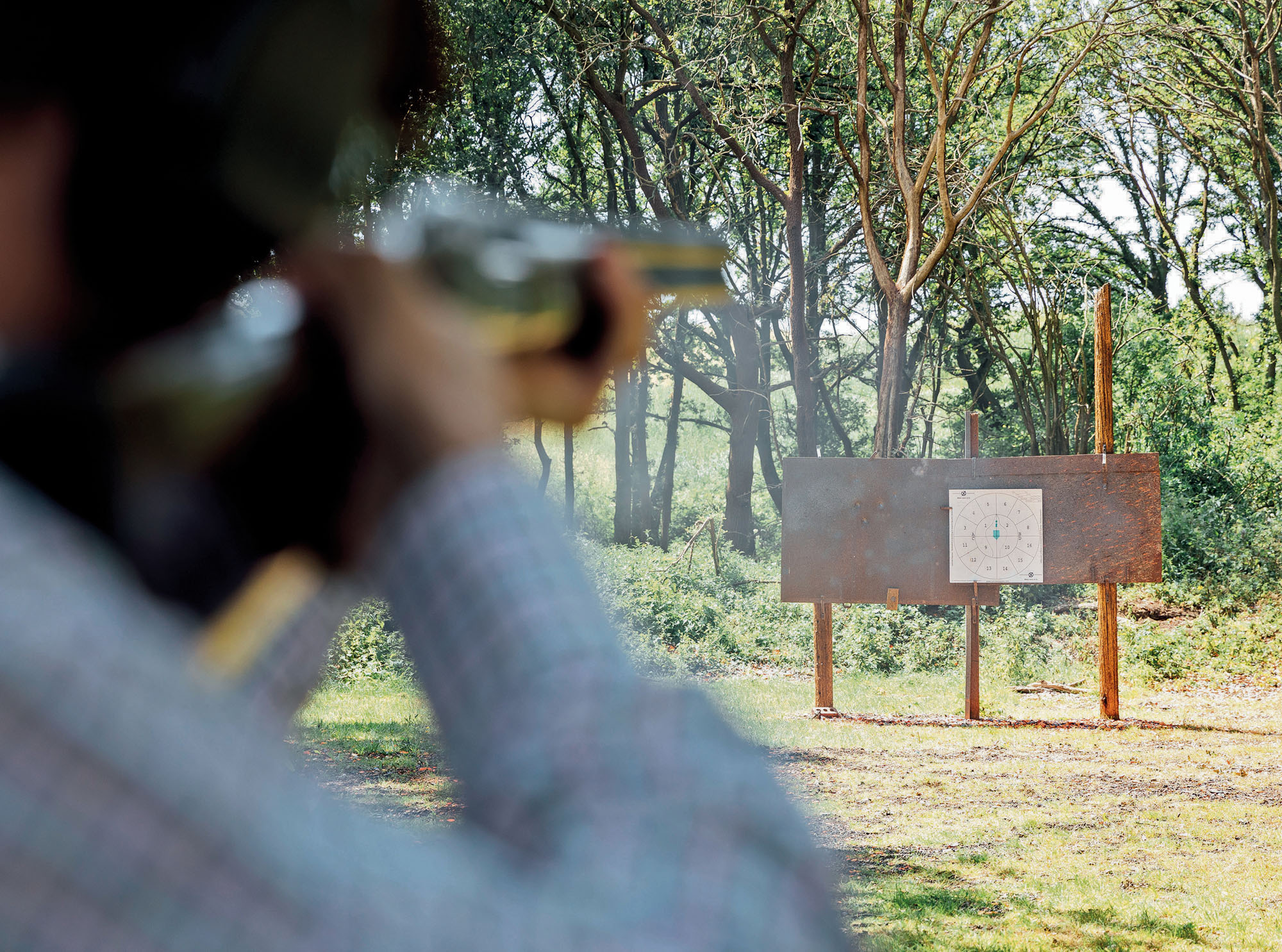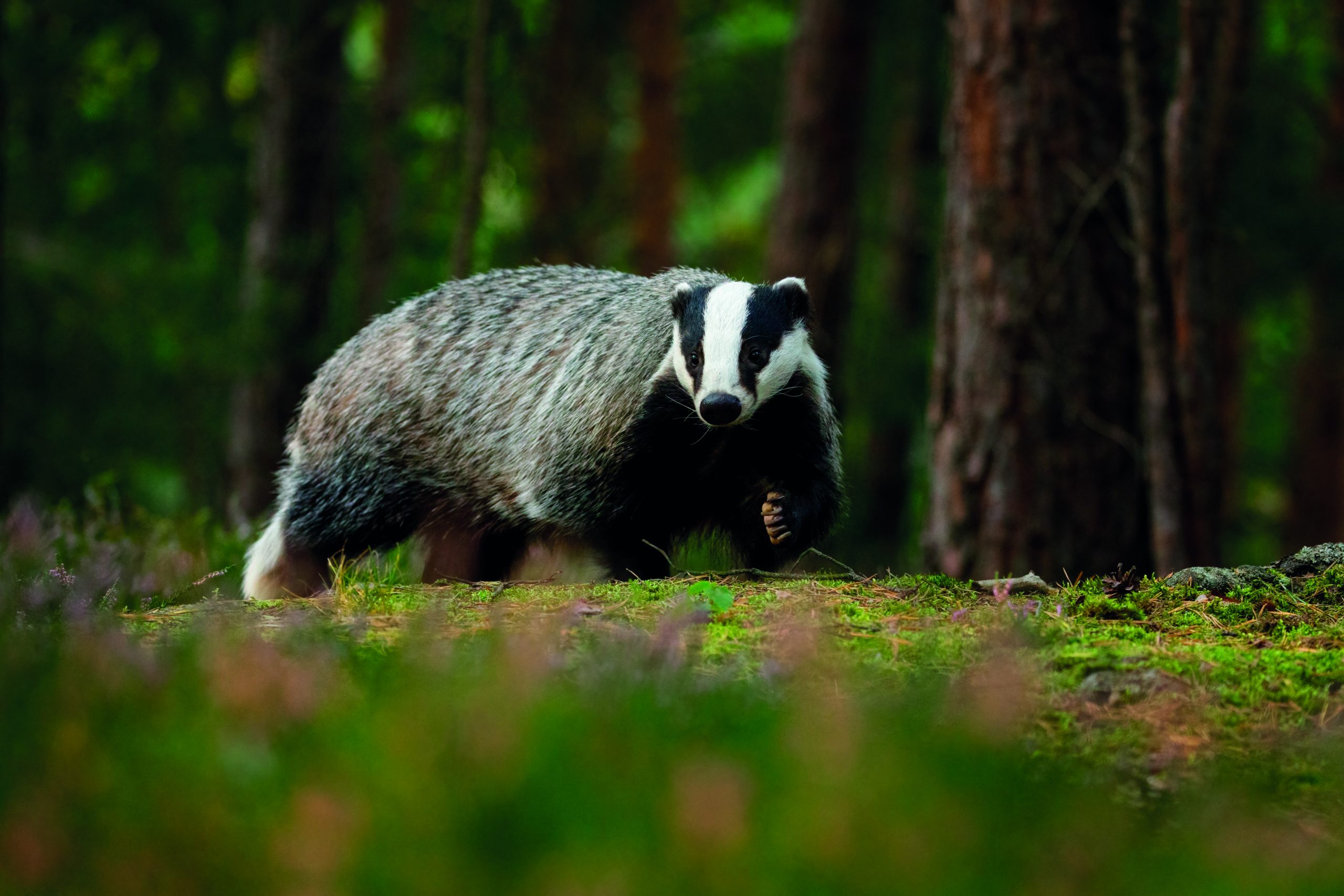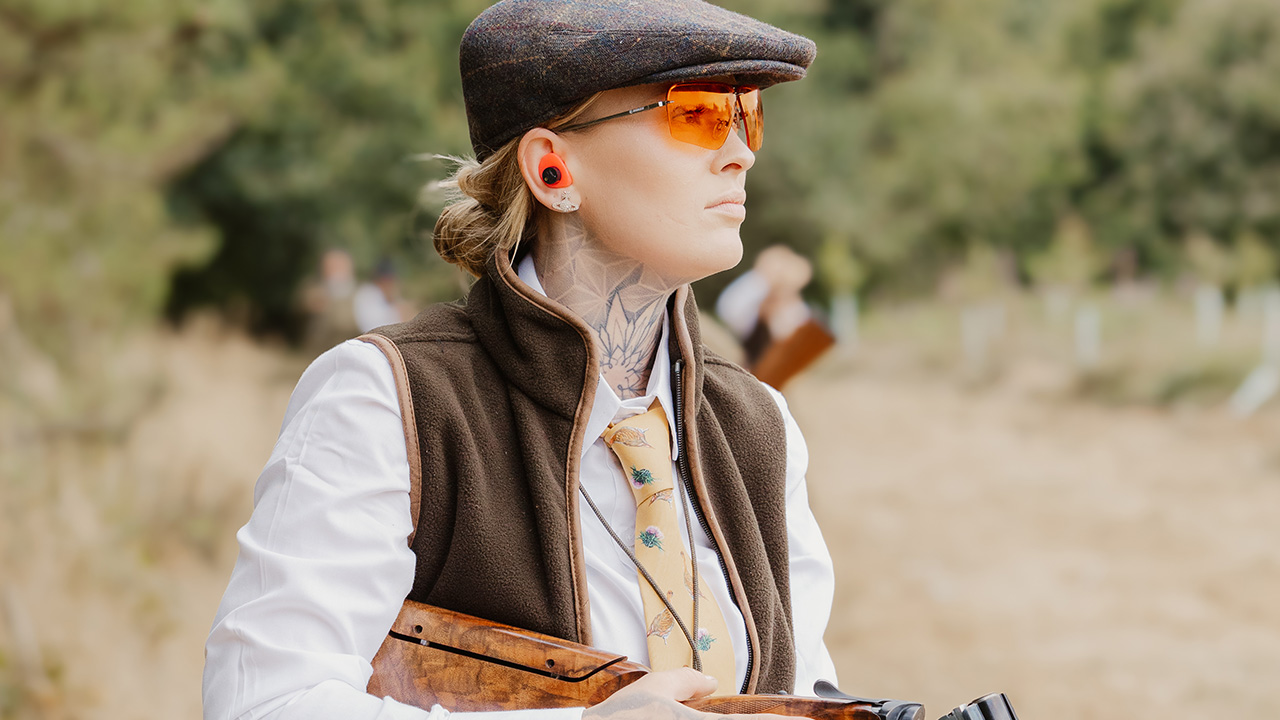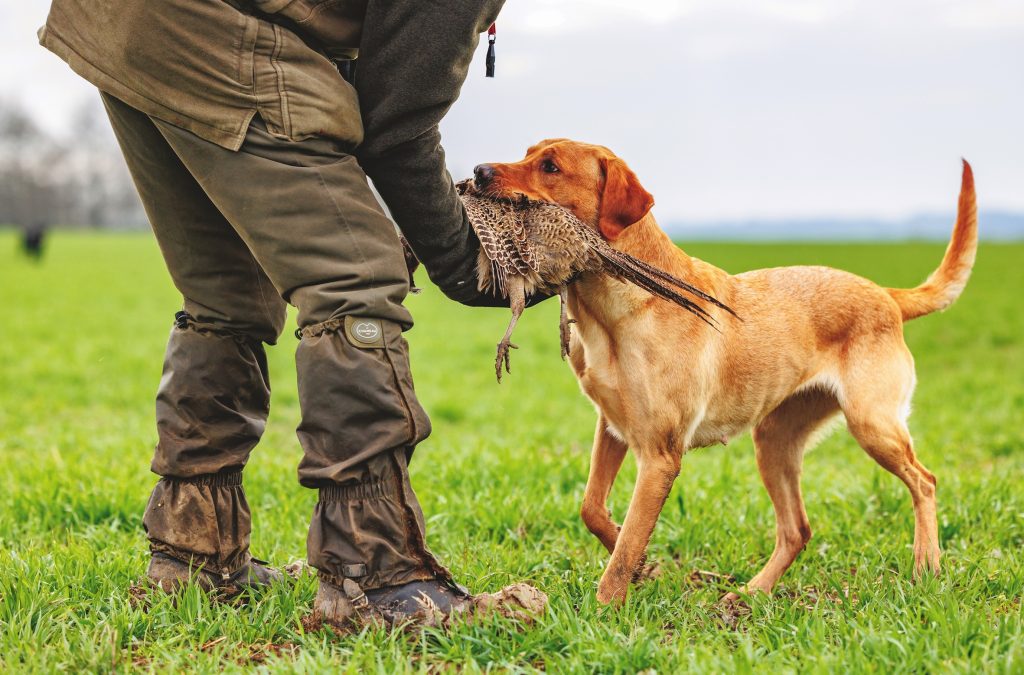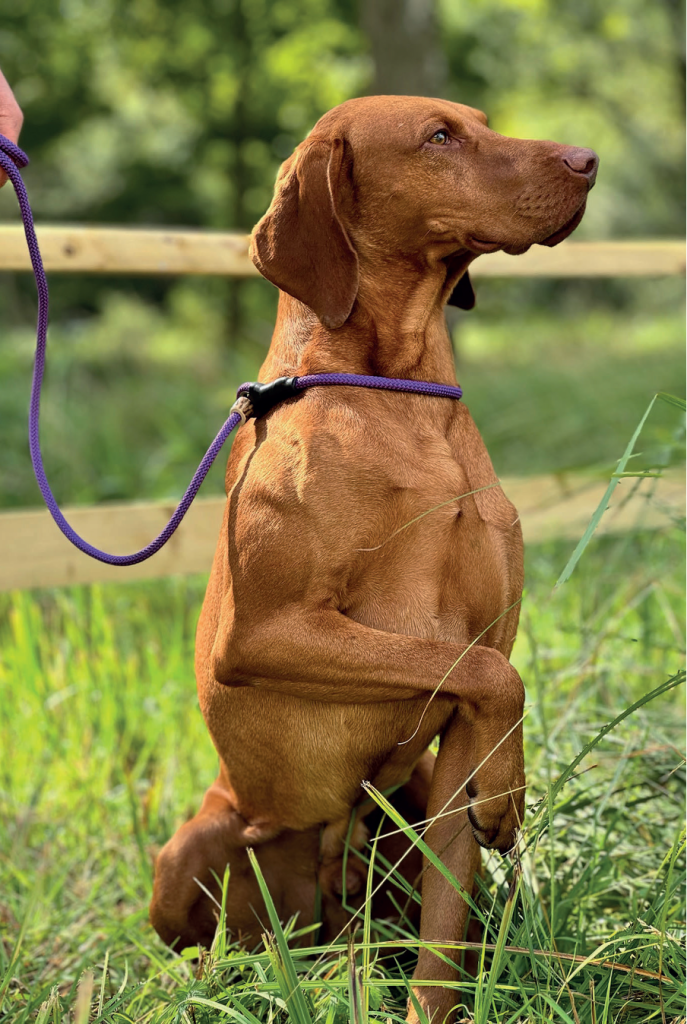Fit for purpose?
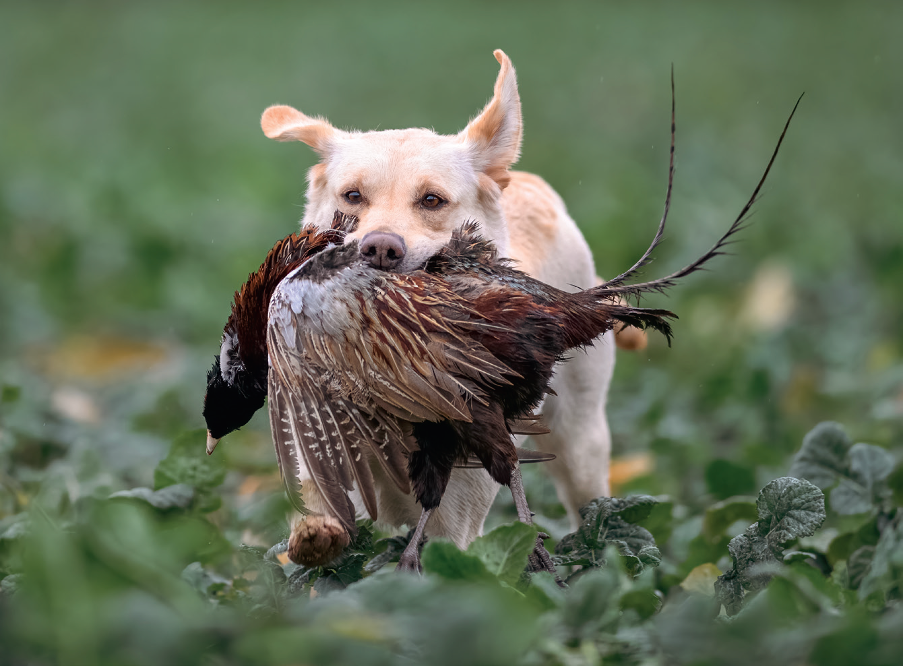
Shoot day fever, trouble with cock birds and damaged game are all problems that demand immediate attention at this time of year, as Ben Randall explains
It can be tricky to ensure that our dogs, either young or experienced, are match fit when things get busy during the key shooting period between November and December. This lack of preparation may exacerbate some existing issues, but with a little effort you can turn things around in fairly short order.
Shoot-day fever Dogs that are not used to being on shoot days can show a number of behaviours, including fidgeting and making a noise in the car or on the peg, and unsteadiness to birds being shot on the peg. Of course, a lot of this can be avoided by conducting correct training during the summer months, but there is nothing like shoot-day fever and it’s very difficult to replicate that precisely at any other time of the year.
But also, have you taken your young dog out too early without introducing it steadily? Or is it an experienced dog that’s just had 10 months off? Have you taken it straight onto the peg when in reality it needed a bit more shoot-day experience from a more distant perspective?
How do you deal with a dog that is noisy and won’t sit still before the drive and is also unsteady on the peg (or picking-up for that matter) when birds are falling from the sky? The answer is to immediately remove the dog from the area and put it back in the car. Make sure the car is in a secure place, hopefully in view of the peg but parked in such a way that the dog cannot see you or the action that has made it excited already. And that is where the dog needs to stay for whatever is left of the day. Allowing it to rejoin the day at any point during the actual shooting will only do more damage.
To help relax the dog at the end of the drive and to introduce some teaching to the day when the shooting has finished, get the dog out of the back of the car and do some basic formal training on the lead and off the lead. For example, sitting, staying, recalling, watching you and potentially doing a few retrieves on some dead birds. In this way, the initial problem has been confronted and stopped immediately so it couldn’t be compounded any further, and your dog will also have had some positive experiences. This is essential because you really need your dog to associate shoot days with enjoyment and plenty of praise.
If you are able to extract the dog from the problem area and undertake some positive training exercises, both of you will have enjoyed your day and you will have started to address the problem rather than simply sticking your head in the sand. The dog has had some positives after that first negative and we can now look at how to resolve this during the week with the advice of a professional trainer.
If you are shooting on a Saturday it gives you six days to prepare for the next big day. So if possible, you should try to take the dog out in the car as often as you can with your shooting kit and gun and go for a walk around the farm or maybe the clay shooting ground. By doing this, the dog will become more accustomed to the sights and smells of the shooting paraphernalia in the car and become almost desensitised to it. If you can get to a clay ground you will have the added bonus of the gunshots and smells, which will simulate a percentage of what would happen on a shoot day.
Also, during that six-day period between shoots, we can continually teach at feed times and around daily duties. Everyday family life is full of opportunities to work on patience and calmness. You can get your dog to sit for meal times and for longer periods of time, potentially in the garden, simulating the peg. A courier at the front door is a golden opportunity to take your time and ask your dog to sit in a calm and controlled way while you take the delivery, say goodbye and walk back past the dog. If you can get this sorted, you are on the right track.
Most of us have some time off over Christmas and if you are lucky you may have some laid-back shoot days planned, which can be great opportunities for your dog to enjoy shooting with a bit less pressure. But there are other aspects of Christmas that present great training opportunities. We all seem to make endless trips back and forth to the supermarket during the festive period. If you have older children you can ask one of them to sit in the car patiently with the dog or, better still, do some heelwork around the car park or nearby. It’s an easy way to include the dog and keep your offspring gainfully employed while you do battle with the trolley.
Trouble with cock birds Another problem we can encounter as we come into November is the cock pheasants getting bigger and stronger. A dead hen pheasant or partridge may be very easy for your dog to pick up after a month or two of experience, but it can be a different story with big cock pheasants. If you are having problems with your dog properly retrieving injured cock birds then ask yourself a question: When the dog arrived at the cock bird, initially did the dog jolt away from the bird or drop it at any time? If this is the case, it could potentially be that the cock bird has spurred the dog in the mouth or on the face, which can be very painful. This can result in putting the dog off picking cock birds.
If this is the case, then by continually sending them for injured cock birds you will only compound the problem. In fact, it’s quite possible the dog could get aggressive and soon learn that if it squeezes hard enough the spurring stops because it has killed the bird – and that is really not the outcome you are looking for.
My advice in this scenario is to stop sending for injured cock birds and only select game that is dead on the ground or flapping hens, because they do not have spurs. Once your dog gets really confident and proficient at picking hens and dead cock birds, and you are happy there are no problems, you can start trying for some flapping cock birds but not runners.
Damaged game As an ‘A’ panel judge myself, damaged game is something I always check for when one of my dogs or a competitor’s dog delivers to hand. It’s difficult to explain this in depth without a live demonstration, but these are the basics of what I do.
I hold the dead bird by its neck and put my thumb and fingers on the bird’s back under the wings and on to the ribcage, and run my fingers up and down the ribcage. If both sides are crushed and the ribs flattened, this is normally the result of a dog biting and compressing the ribs until they snap.
If I have any concerns about a particular dog, I will check a bird that was flying from right to left and was therefore shot on the left side. If the left wing is broken and the left side is damaged then that’s more likely shot damage, but if there is damage on the right side that suggests it was inflicted by the dog during retrieval.
There are many reasons why dogs will potentially damage a bird. It can also be due to a lack of appropriate training with an overexcited and highly wired dog. Seeking advice from a professional and explaining the scenarios where you think it has happened is the first step to getting a plan in place to resolve these problems. In lots of cases, this can be fixed but there will be cases where it might be too late.

